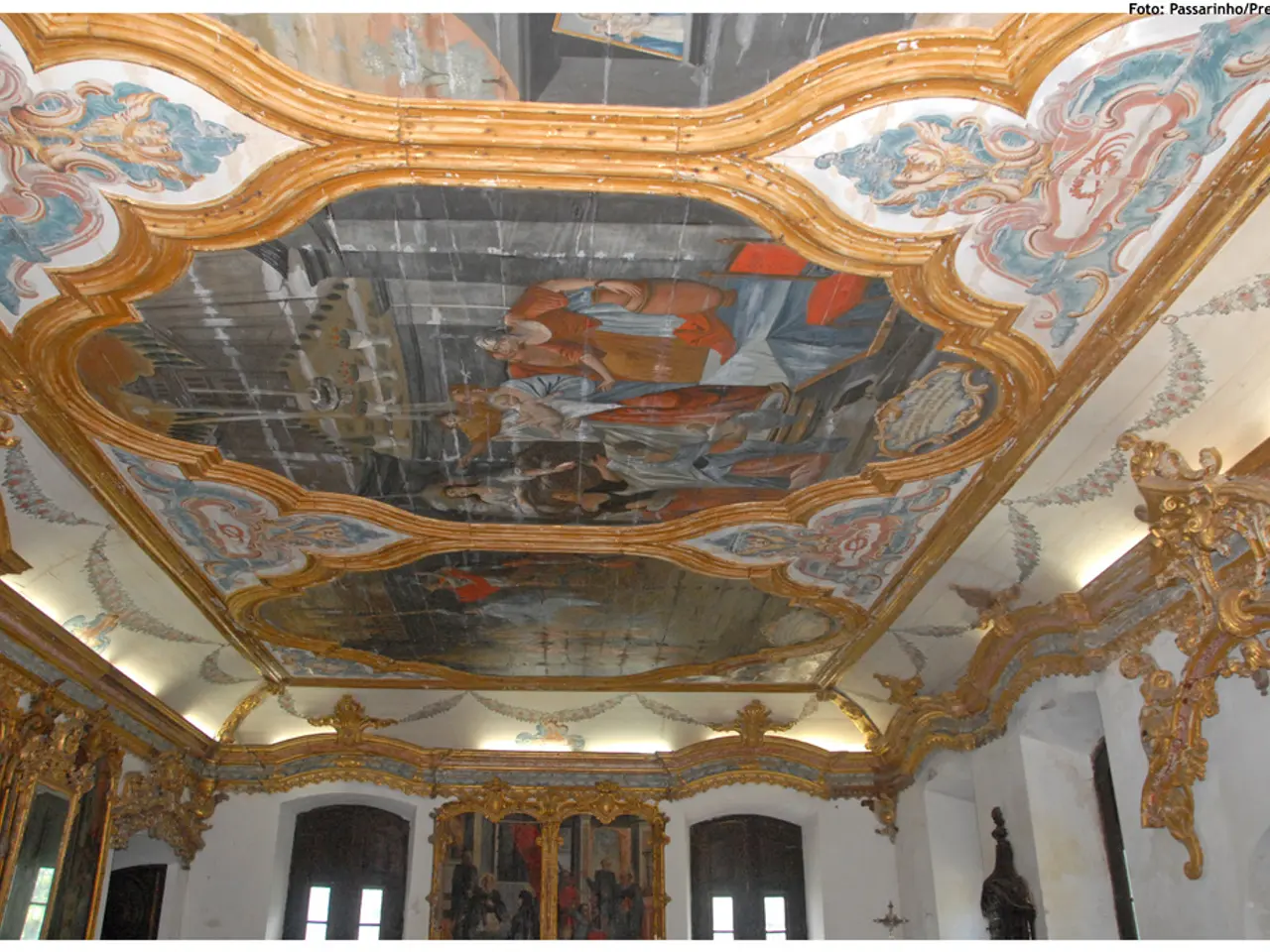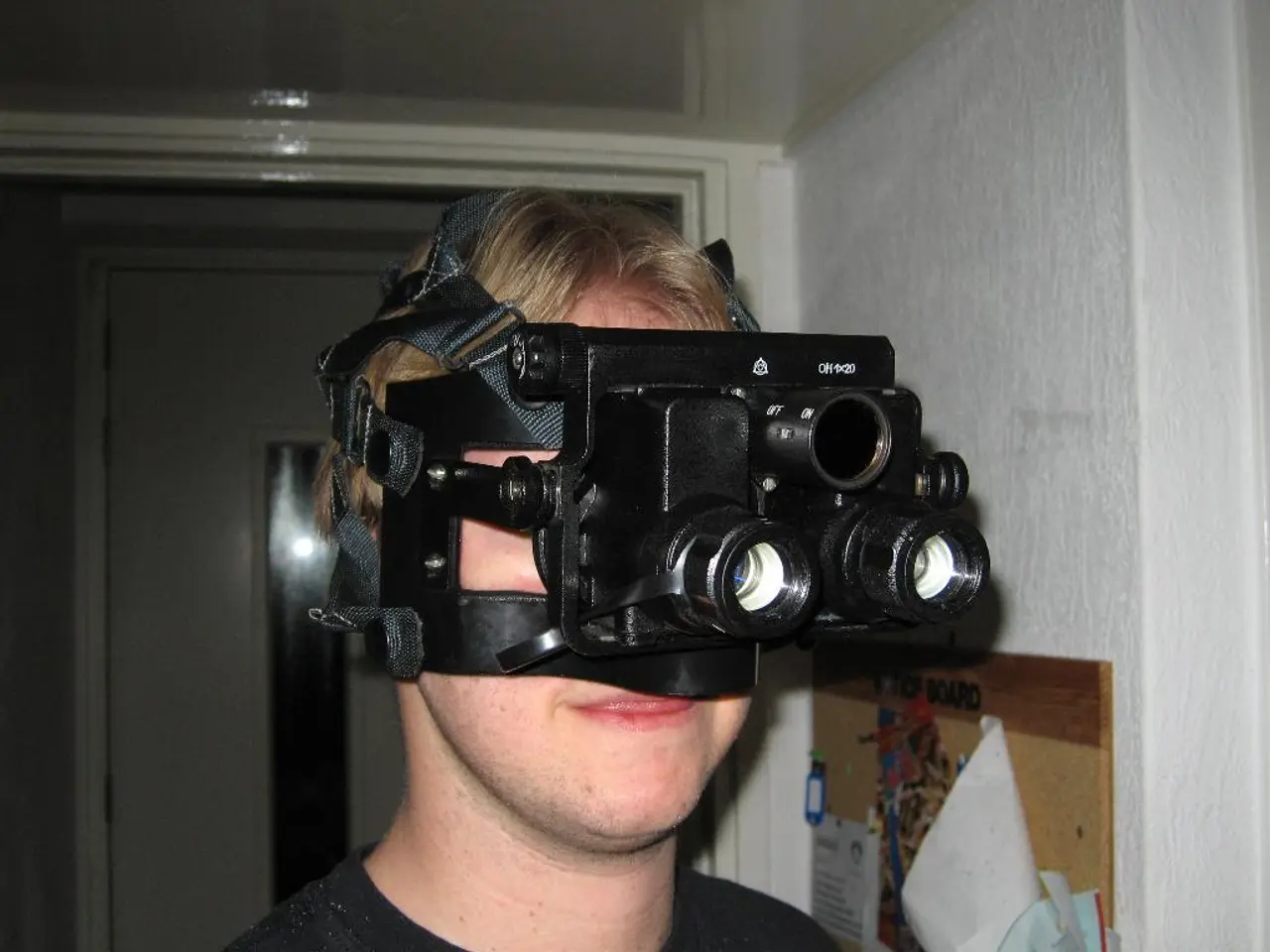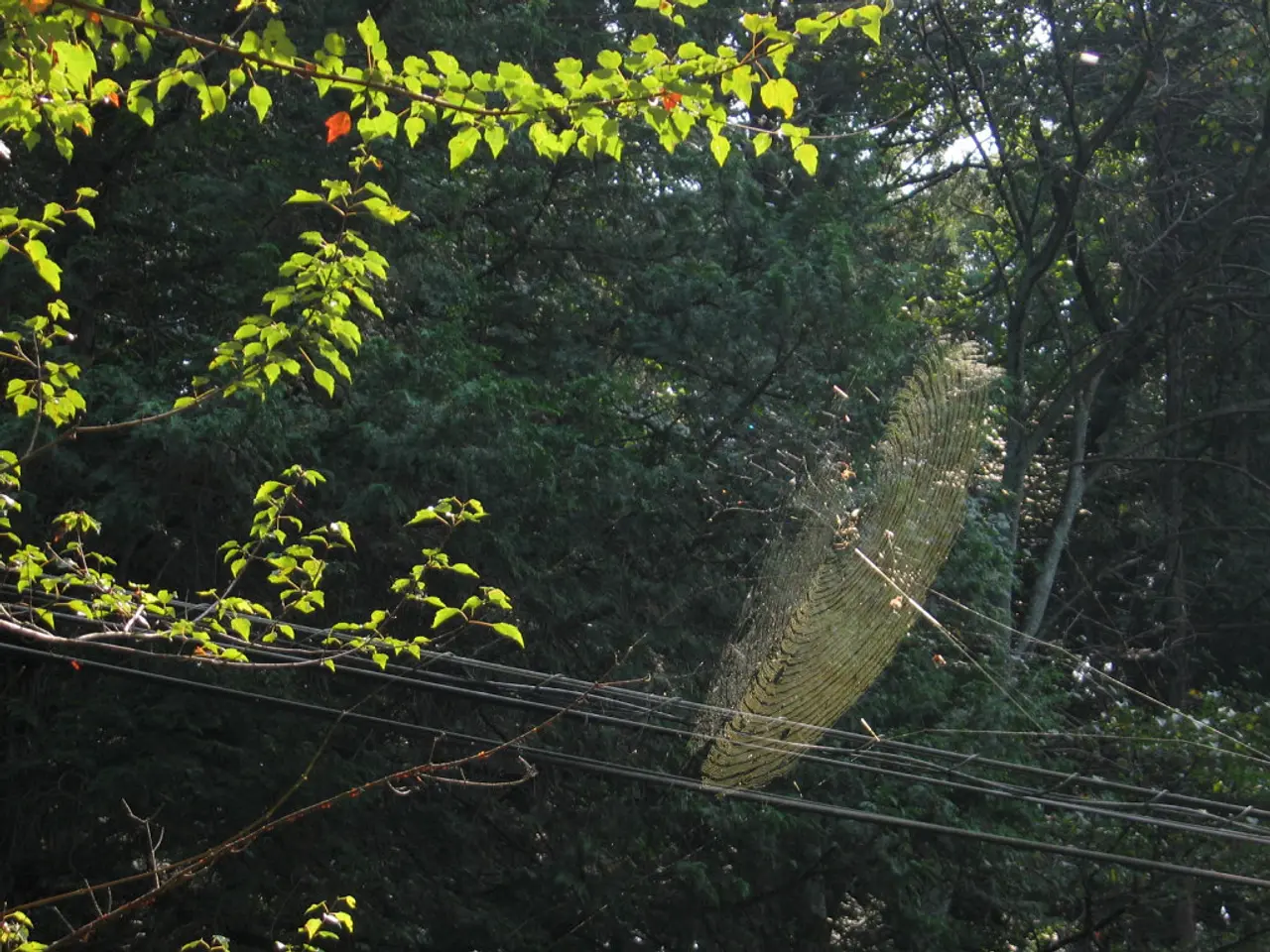Consuming WordPress? Curious about adding a navigation menu? This guide covers the steps to include a navigation bar on your WordPress site.
In the digital age, a well-designed navigation bar is essential for creating a user-friendly website. This article will guide you through the process of creating a navigation bar in WordPress, using built-in features and optional enhancements.
To get started, log in to your WordPress admin panel and navigate to the dashboard. From the left-hand sidebar, go to **Appearance > Menus**. This is where you create and manage your navigation menus.
Create a new menu by clicking on **Create a new menu** and giving it a name such as "Main Navigation" or "Header Menu". On the left, you will see options like Pages, Posts, Custom Links, and Categories. Select the pages or links you want to add to your navigation bar and click **Add to Menu**. You can drag and drop the items to reorder them for a more organised layout.
For submenu or dropdown items, drag the menu item slightly to the right under a parent item to nest it, creating a multi-level navigation menu (dropdown). At the bottom of the menu editor, assign your menu to a display location such as **Primary Menu** or **Header Menu** depending on your theme. Click **Save Menu** to apply your changes.
Many modern themes automatically display the primary menu in the header. If you use a block-based theme or GeneratePress Premium, you can add the navigation menu using the **Navigation Block** in the header template. Insert the Navigation block, select your created menu, and customize colours and typography as needed.
If you do not see the Menus option right after installing WordPress, it may be because you haven’t installed a theme or starter templates yet. Installing a starter template plugin can help set up menu options. For advanced customization or dropdown menus, Elementor page builder and Elementor Pro offer drag-and-drop menu widgets to create stylish navigation bars with ease.
Remember, a professional-looking navigation bar can boost a website's brand credibility, and a well-structured navigation bar enhances your site's usability and aesthetics, making it easy for visitors to find what they're looking for. By following the steps outlined in this guide, you can design a navigation system that increases engagement and boosts your brand's credibility.
[1] WordPress.org. (2021). Creating a Menu. WordPress Codex. Retrieved from https://codex.wordpress.org/Creating_a_Menu [2] GeneratePress. (2021). Navigation Menu. GeneratePress. Retrieved from https://generatepress.com/docs/theme-settings/navigation-menu/ [5] Elementor. (2021). Menu. Elementor. Retrieved from https://elementor.com/help/menu/
Technology plays a significant role in creating user-friendly websites, as it enables the development of well-structured navigation bars. In WordPress, creating a navigation bar involves logging into the admin panel, navigating to Appearance > Menus, and following the steps provided in the article to add pages, links, and customize their layout.




